Top 5 threatened wild animals in Pakistan
Rare species facing urgent risk to survival
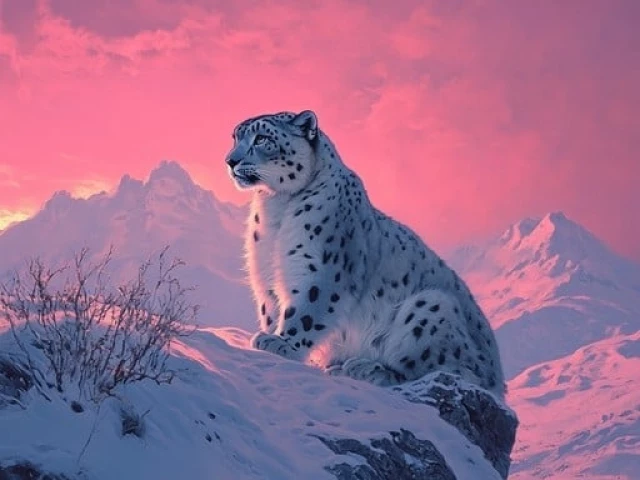
Pakistan’s landscapes, from icy mountain ranges to fertile river plains, are home to an extraordinary range of wildlife.
Yet many of these species face severe threats due to habitat loss, illegal hunting and environmental changes. Below are five species in Pakistan, which are either at risk or endangered according to The International Union for Conservation of Nature - Red List of Threatened Species,
1. Markhor
The markhor, Pakistan’s national animal, is a magnificent wild goat with long, spiral horns that can reach impressive lengths. Its main strongholds are in Gilgit-Baltistan, Chitral, Kohistan, Swat, and Balochistan’s mountain ranges. Despite its name meaning “snake-eater,” it mostly grazes on grasses, leaves, and shrubs. Populations have been threatened by trophy hunting, poaching, and competition with livestock for forage. Community-led conservation programs have helped stabilize numbers in some regions, but it remains vulnerable to human pressures.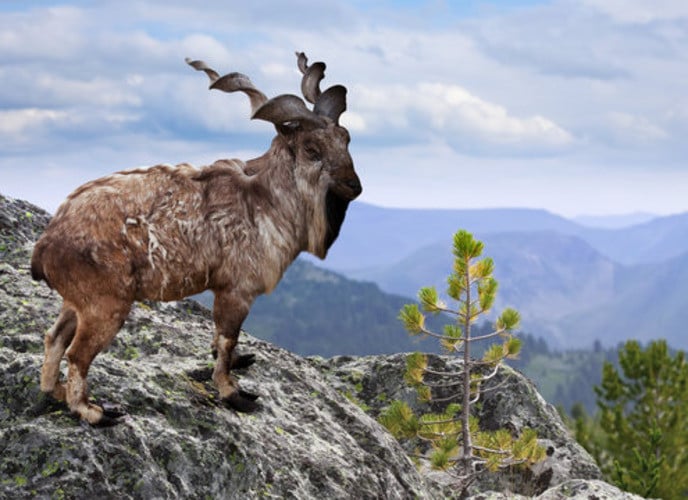
2. Indus River Dolphin
Known locally as the “bhulan,” the Indus River dolphin is a freshwater mammal found only in Pakistan. It inhabits the middle stretches of the Indus River, particularly between the Taunsa and Guddu barrages in southern Punjab and Sindh, with the largest population between Sukkur and Guddu. It is functionally blind, relying entirely on echolocation, and is among the few river dolphins left in the world. The species has declined due to water diversion from dams, pollution, reduced river flow, and accidental entanglement in fishing nets.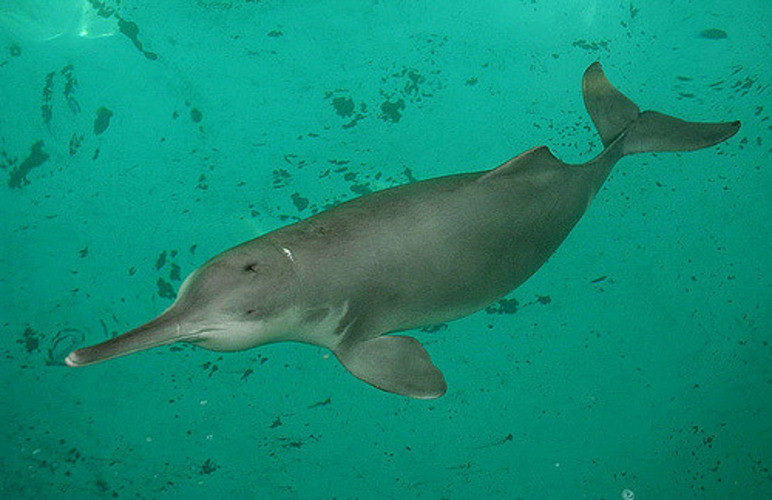
3. Snow Leopard
Nicknamed the “ghost of the mountains,” the snow leopard inhabits the high-altitude regions of Gilgit-Baltistan, Chitral, Kohistan, Swat, and Azad Kashmir. Its thick fur and long tail are perfect for freezing conditions, and it is capable of leaping up to 15 meters in rocky terrain. The snow leopard’s survival is threatened by poaching for its pelt and bones, decline in natural prey such as ibex and blue sheep, and retaliatory killing by herders protecting their livestock.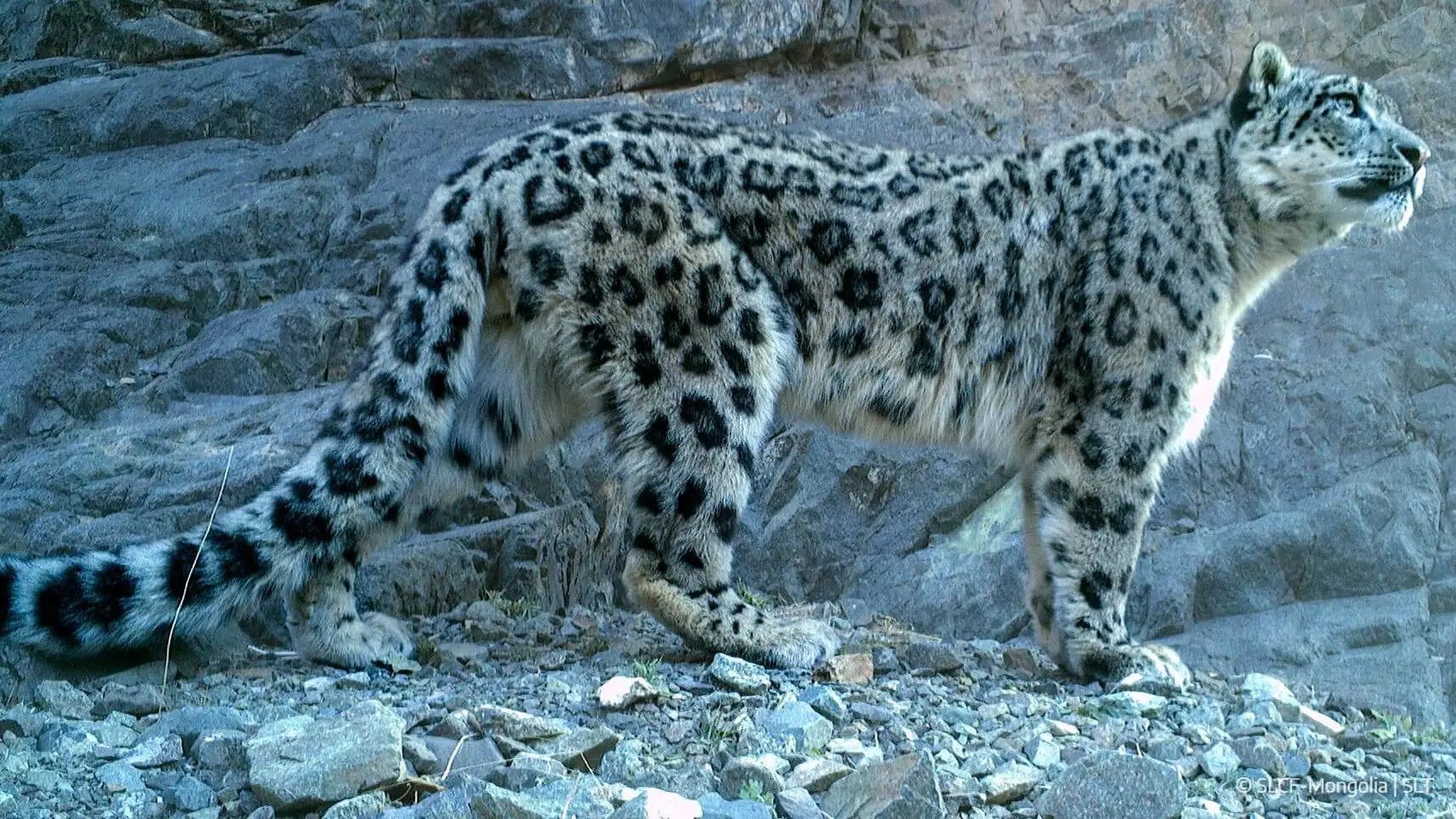
4. Black Pond Turtle
The black pond turtle, a freshwater species with a distinct patterned shell, is found in rivers, lakes, and wetlands across Punjab, Sindh, and parts of Khyber Pakhtunkhwa. These turtles help balance ecosystems by feeding on aquatic plants, insects, and carrion, contributing to water quality. Their population has been severely reduced by illegal collection for the pet and food trade, habitat destruction, pollution, and the draining of wetlands.
5. Kashmir Musk Deer
The Kashmir musk deer inhabits alpine meadows and forested slopes in Azad Kashmir’s Neelum Valley, Gilgit-Baltistan, and parts of the Kaghan Valley in Khyber Pakhtunkhwa. Unlike most deer, it lacks antlers; instead, males sport fang-like teeth and produce musk, which has been highly valued in perfumery and traditional medicine for centuries. This demand has fueled relentless poaching, while deforestation and habitat degradation have further driven the species toward endangerment.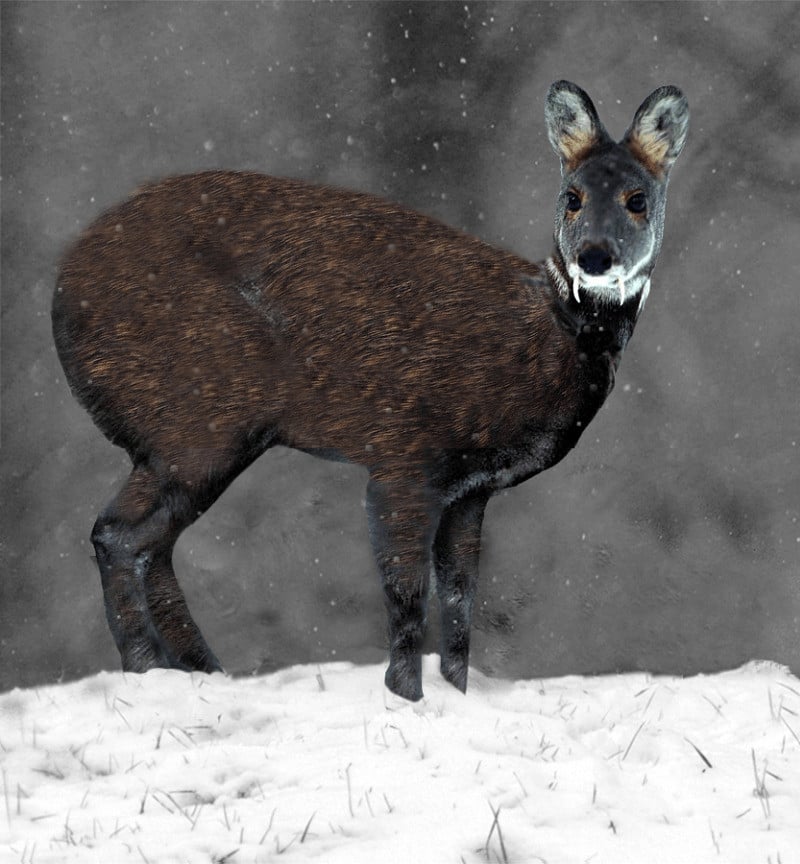
Pakistan’s wildlife reflects the country’s remarkable ecological diversity. Yet these species face growing threats from human activity and environmental change. Protecting them means safeguarding not only animals but also the natural heritage and ecosystems that sustain life across Pakistan. Stronger conservation measures, habitat protection, and public awareness are vital if these species are to survive for future generations.




















COMMENTS
Comments are moderated and generally will be posted if they are on-topic and not abusive.
For more information, please see our Comments FAQ